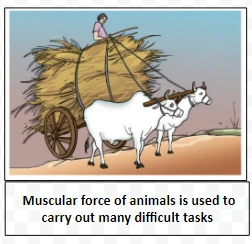![]() 22 Dec 2023
22 Dec 2023
Force, a vector quantity, represents interactions between objects, causing motion or deformation. Pressure, on the other hand, is force per unit area. Pressure influences scientific and engineering realms.













<div class="new-fform">
</div>